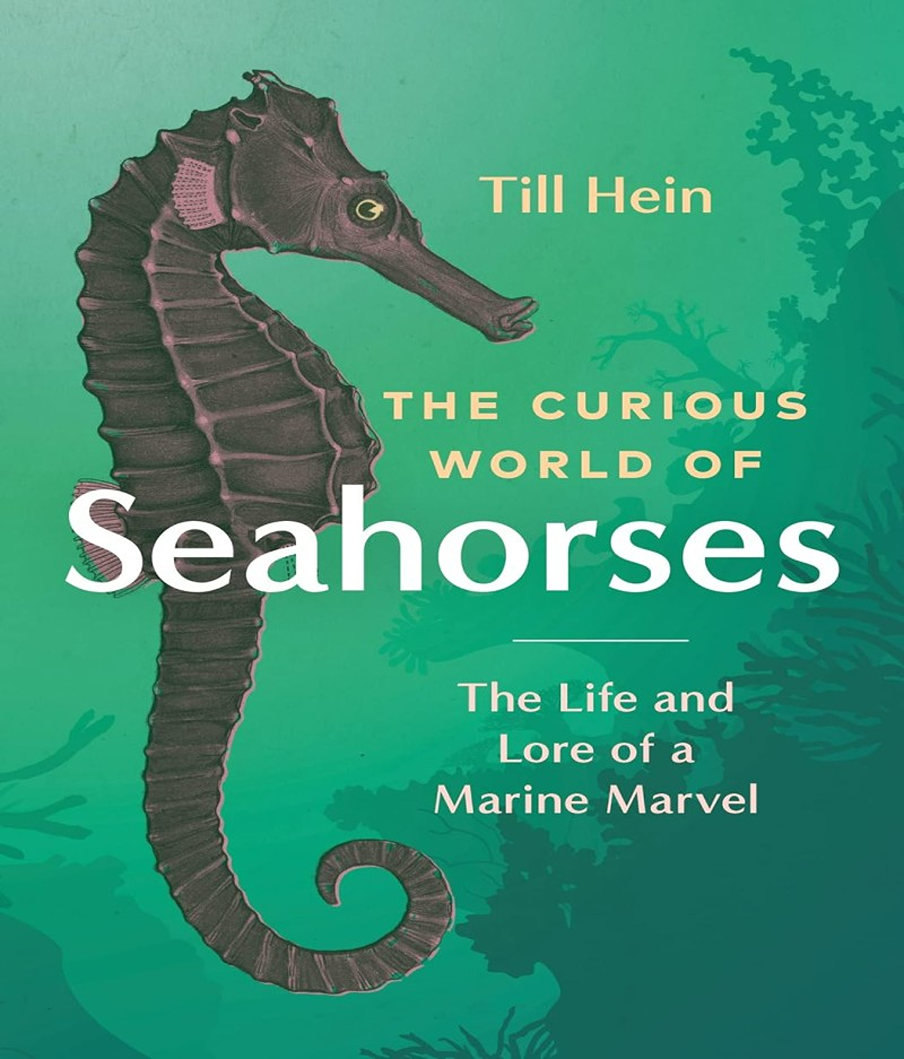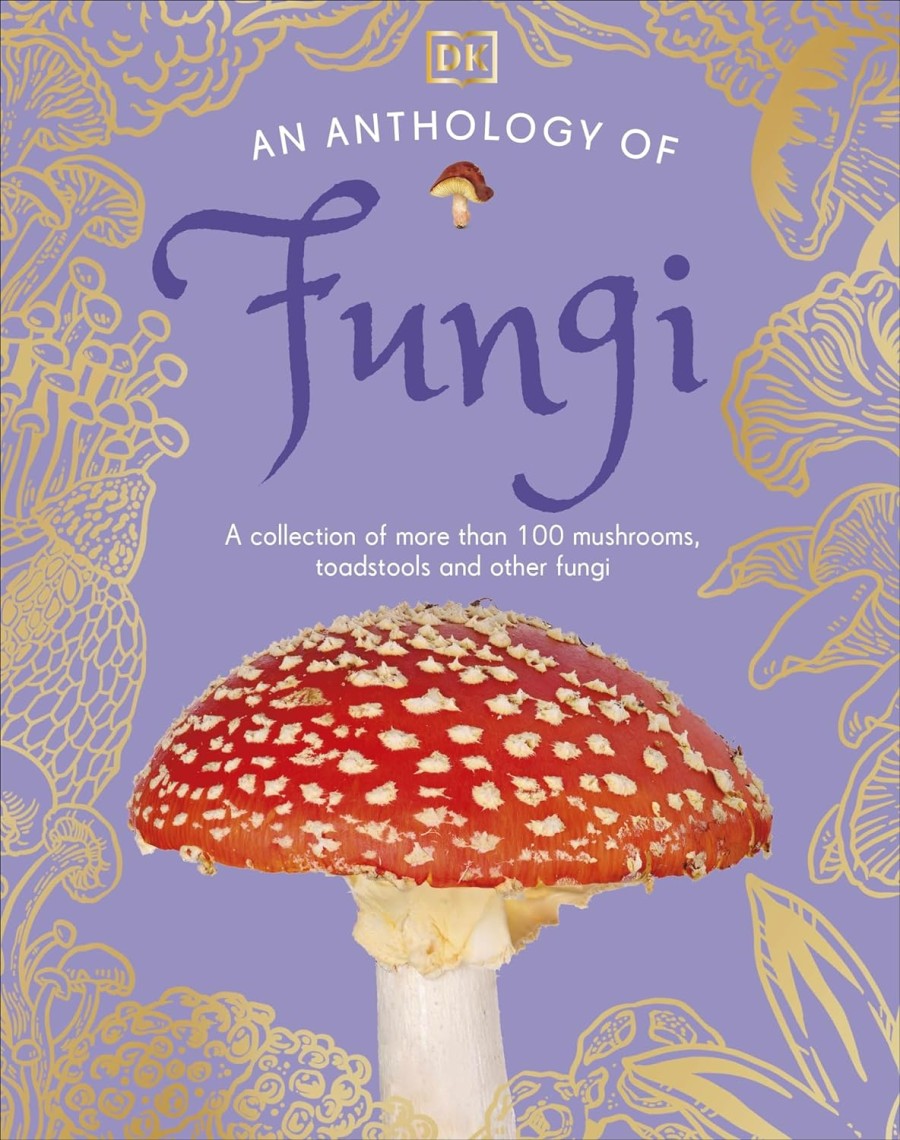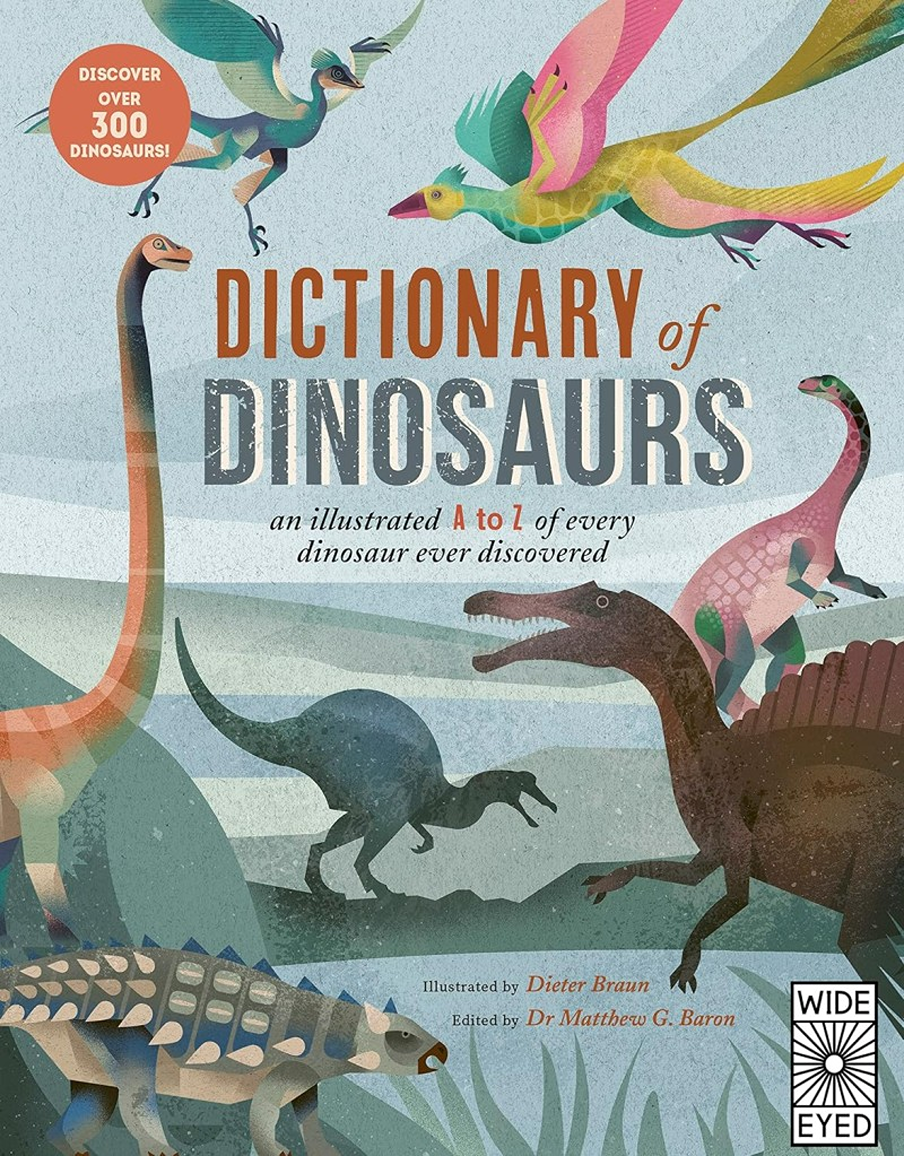
The Curious World of Seahorses is a book that looks at one of the ocean’s most charismatic and mysterious inhabitants. One marine biologist says ‘When God created the seahorse, he may have had one too many’. Of all the ocean creatures, there are none more charming and strange than seahorses. Masters of disguise and graceful dancers, seahorses are found in seagrass meadows and mangroves, and have pouches like kangaroo, long snouts (like anteaters) and crowns as unique as fingerprints.
The Seahorse Trust is our national charity with lots of ways on how to help including a page for divers (swimming nearby, photography etc).
The only fish to swim upright, seahorses are terrible swimmers but can hold onto seagrass or coral. They have intestines, but no stomach or teeth and most meet life partners every few weeks to perform a dance that lasts up to 9 hours. And it’s the males who become pregnant!
In this informative and entertaining book, science writer Till Hein shares the world of seahorses, revealing their secrets and biological features along to the medieval belief that they are descended from dragons. This charming and fascinating book will captivate readers who wish to learn more about one of the planet’s most incredible creatures.
The slowest swimming, yet most effective hunters in the ocean? Check. Eyes that can move separately from each other, fin colour that changes on demand, and a digestive system with no stomach? Check. A tail that is strong enough to latch onto an anchor, and withstand a predator’s grab? Check. This book is a treasure trove of everything about these remarkable creatures. Wendy Wasserman
how we can all help seahorses
- Around 70 million seahorses are caught by the fishing trade each year, mostly from bottom trawling that drags large weighted nets across the ocean floor, catching all marine life in its path, and wrecking ocean habitats. If you eat fish, avoid fisheries that use by-catch methods.
- Seahorses are at great risk from boat anchors. Advanced mooring systems has developed an alternative to boat anchors that is safer for seagrass beds and marine wildlife.
- Seahorses tend to float in the sea and attach themselves to whatever they see. One photo went viral of a seahorse hanging on to a plastic cotton bud. This alerted the world, which is now why shops sell paper-based buds.
- More seahorses are caught to supply aquariums (where seahorses can die of shock from photography flash) and traditional medicine. The answers are simple: don’t visit aquariums or buy traditional medicine, if you don’t know the source.
- Don’t buy seahorses (or any seaside) souvenirs, often sold alongside shells and shark teeth. All of these ‘mementos’ cause death and harm to millions of creatures worldwide (you should not even take pebbles from beaches as it affects ecosystems, illegal in Italy)
- As above, divers should not use flash photography around seahorses, as the stress can kill them within weeks. Never touch a seahorse (nor hover nearby).






